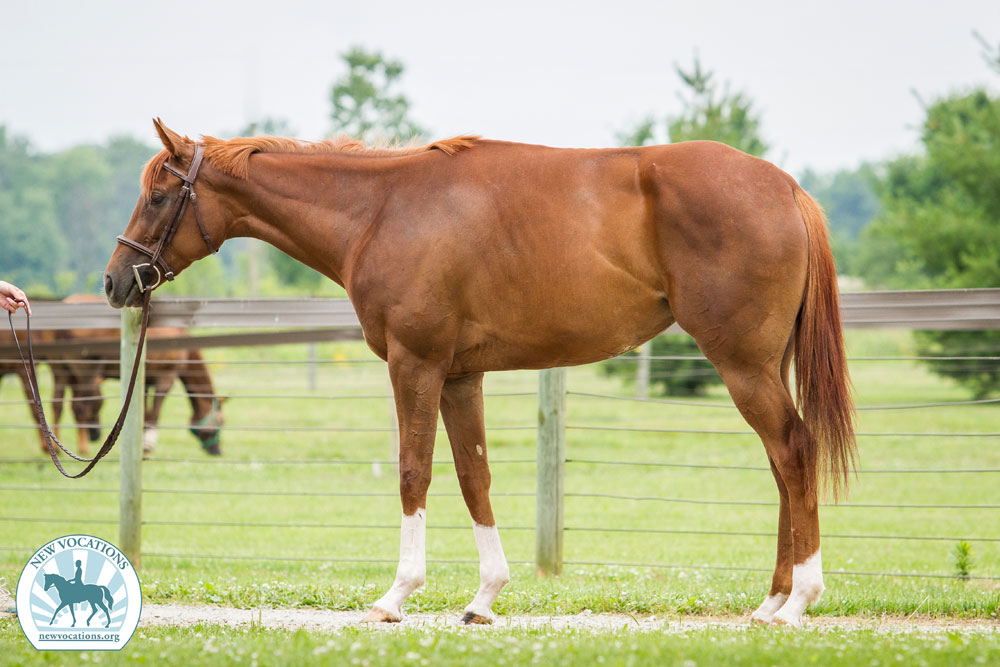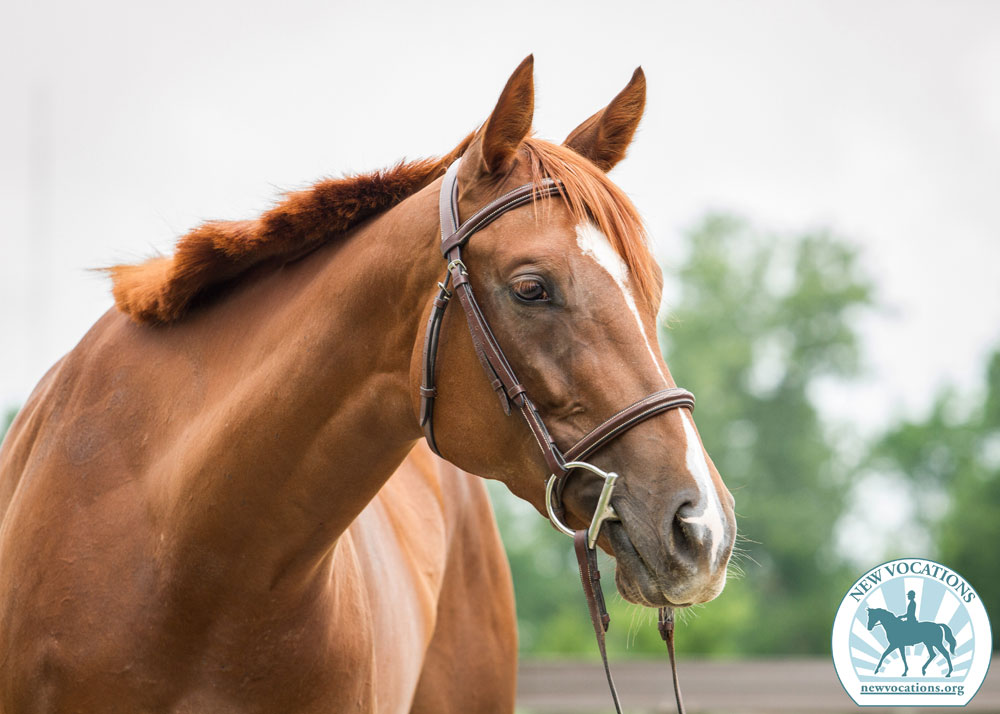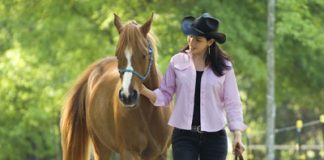
Why some horses get kyphosis and others don’t is not clear, but Dr. Carroll explains that kyphosis appears to fall into two categories:
1. Congenital
A developmental abnormality occurring before birth, congenital kyphosis is most commonly recognized in foals after weaning and before their yearling year.
2. Acquired
Acquired kyphosis is a response to pain or trauma. “In my practice, I see this feature most commonly in performance horses with localized back pain,” explains Dr. Carroll. Within acquired kyphosis, there are two categories: primary and secondary.
“Primary means there is localized injury to the vertebrae and/or surrounding soft tissue. Secondary means the original of pain or discomfort is remote, for example hind limb pain/lameness, or saddle balance/saddle fit issues, but the back is part of the compensation process,” Dr. Carroll says.
Dr. Carroll gives this example of secondary kyphosis: “A horse struggling with acute or chronic laminitis will develop a kyphotic appearance from standing in a sawhorse stance or from rocking back on the hind end in an attempt to relieve the pain.”
Kyphosis can range from mild to severe; some horses may look like they should be in pain, but they are not, while some horses exhibit pain from very mild kyphosis.
How Common is Kyphosis?
Dr. Carroll sees kyphosis fairly often in horses in her practice, “but it’s a biased population of horses with reported back pain, performance and conformation issues,” she explains.
Swayback, or lordosis, which is concave conformation, is reportedly more common in the veterinary community, she notes, though this condition tends to be more common in older horses. “My practice and patients are biased toward the younger, athletic demographics, so I see a much lower incidence of swayback horses.”
How is Kyphosis Identified?
“Radiography is extremely useful and recommended to give accurate, long-term prognosis and to direct appropriate therapies in management of the condition,” says Dr. Carroll. An example of possible treatment for a kyphotic horse might include massage, chiropractic, acupuncture, specific exercises and training regimes, plus or minus the use of NSAIDs (like phenylbutazone, flunixin) or muscle relaxers.
“In my experience, I see the acquired condition visibly improve for multiple reasons. First, the underlying cause gets addressed, whether it’s distal pain or saddle fit or a local muscle strain. Also, if discomfort is managed, and a physical therapy regime/exercise program is incorporated, many times the horses will muscle through their long back muscles in such a way that ‘self splints’ and almost disguises the condition in a healthy way,” Dr. Carroll explains.

Are There Treatment Options?
There are ways to control and/or treat kyphosis, dependent on its cause and the length of time the “profile” has been evident, Dr. Carroll explains. “To be treated effectively, the underlying cause must be determined, or the improvement will only be temporary,” she notes.
Congenital kyphosis is much harder to address with a less-optimistic prognosis than acquired kyphosis.
Overall, cases are more likely “controlled” versus “cured,” Dr. Carroll said. “Once the region is strained or overworked, it becomes a weaker link prone to re-injury. That being said, there are many ways to help prevent the reoccurrence.”
Kyphosis can affect a horse’s soundless, especially if the condition is left unmanaged. “Even if there is a primary problem in the region of the kyphosis, if the secondary effects and compensations (above and below the area in the affected spine or in the distal limbs) are not managed and addressed, aberrant biomechanics will result in distal injuries from overloads and missteps.”
Additionally, primary back pain, if present along with this conformational change, can cause lameness.
Can Horses With Kyphosis be Ridden?
Most horses with kyphosis can be ridden. However, if the horse has both radiographic changes AND clinical signs (regional pain, performance compromises and behavior changes), “ride-ability” is guarded. The same is true for a horse that has unmanageable clinical signs. All the other scenarios have varied levels of success, Dr. Carroll said.
Take Home Messages
Dr. Carroll has these reminders:
◆ Kyphosis is a variable disease in every way, including the causes, severity and response to treatment.
◆ Because the process is multifactorial, the treatment and management must be multifactorial to be effective!
◆ In more obvious or long-term cases, a lameness exam that includes diagnostic imaging can be extremely helpful in directing prognosis and management.
◆ Manipulative therapies (chiropractic, massage, etc.) are extremely useful in managing clinical symptoms sometimes associated with this conformation.
Learn more about CORE Therapies on their Facebook page.
This article is a web exclusive for Horse Illustrated magazine. Click here to subscribe!





